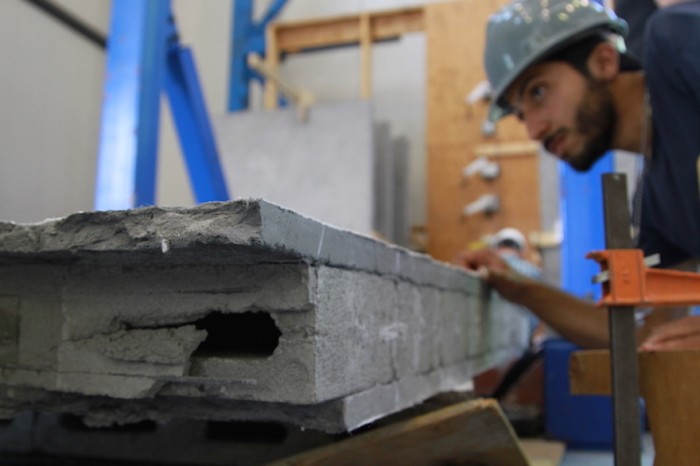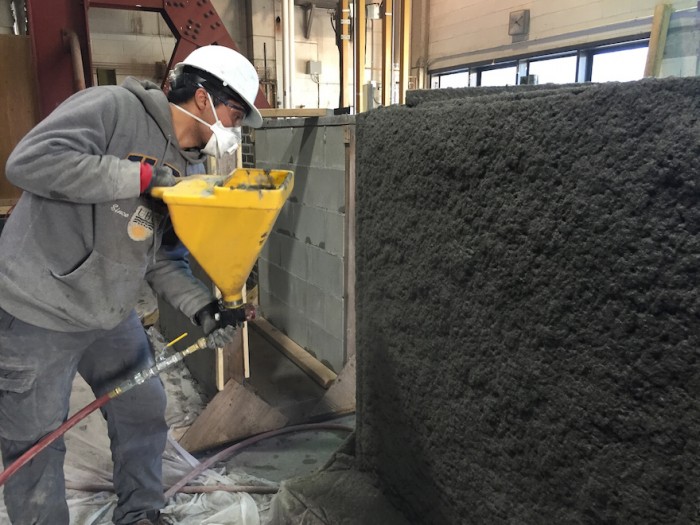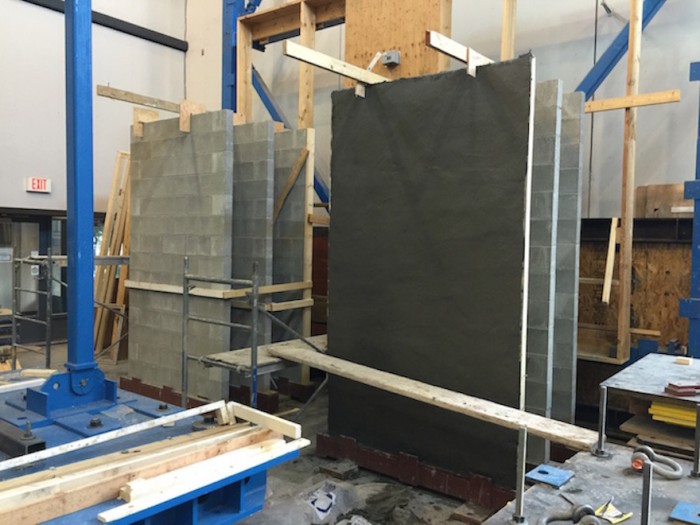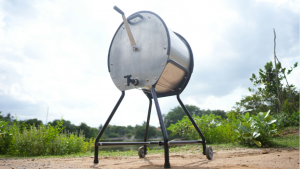Taking into account recent earthquakes and other natural disasters that have been occuring across the globe, researchers from the University of British Columbia have produced a sustainable type of concrete.
Called Eco-friendly Ductile Cementitious Composite (EDCC), it is plastered onto existing walls making them earthquake-resistant.
The seismic-resistant, fibre-reinforced concrete combines cement with polymer-based fibres, flyash and other industrial additives, making it highly sustainable, according to a press release.
The material is said to be ‘similar to steel’ when as little as a thin coating is applied to the required surface. A 10-millimeter thick layer of the EDCC is suffice to strengthen existing inside walls allowing them to withstand earthquakes of up to 9.0 magnitudes. The team tested this using intensities as high as the magnitude 9.0–9.1 earthquake that hit Tohoku, Japan in 2011.
The cement reduces regular cement use by 70 per cent by replacing it with a byproduct called flyash. This simultaneously decreases its carbon dioxide contribution.
Additional EDCC applications include resilient homes for First Nations communities, pipelines, pavements, offshore platforms, blast-resistant structures, and industrial floors.
The UBC team will be working with contractors in the next couple of months to upgrade Dr. Annie B. Jamieson Elementary School in Vancouver.









